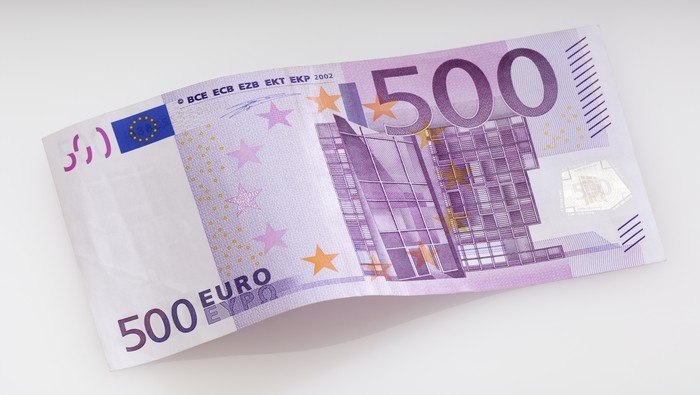
Market Recap
The euro had a mixed performance during the third quarter, at least up to the time of writing. Examining the specifics, the common currency depreciated moderately against the U.S. dollar after a brief upswing in early July, but managed to gain some ground against the Japanese yen and British pound in foreign exchange markets.
Heading into the fourth quarter, the outlook for the euro looks bleak against some of its major peers. In this regard, EUR/USD and EUR/JPY have the potential to weaken in the latter part of the year. On the flip side, EUR/GBP could remain range-bound without a discernible trend, as neither currency in the pair exhibits strong fundamentals or enjoys advantageous circumstances.
The central theme of this article revolves around exploring the fundamental aspects of the euro. For a deeper dive into the technical outlook and price action dynamics, download the complete Q4 euro trading guide. It’s free!
Recommended by Diego Colman
Get Your Free EUR Forecast
EUR/USD
A significant challenge facing the euro is the macroeconomic landscape in the Eurozone. To offer a more detailed perspective, business activity has deteriorated sharply across many in the bloc. Notably, Germany, often viewed as the driving force of the continent’s growth, slipped into a technical recession earlier this year, earning it the label of the “Sick man of Europe” once again.
With the region’s economy in the doldrums, the European Central Bank appeared to have concluded its tightening campaign after raising the deposit facility rate to 4% for the tenth consecutive time at its September meeting. That day, the institution headed by Christine Lagarde noted that it had made sufficient contributions in terms of monetary tightening to returning inflation to target in a timely manner.
In sharp contrast to the situation in Europe, the Federal Reserve had maintained a hawkish stance. The exceptional resilience of the U.S. economy, combined with sticky inflation, has compelled policymakers to keep the door open to another 25 basis-points hike in 2023 and to signal that interest rates will remain high for longer than initially anticipated.
This divergence in monetary policy between the ECB and FOMC, coupled with U.S. economic exceptionalism, has created a landscape that favors the US dollar’s strength for the remainder of the year. This could mean further losses for EUR/USD moving through the fourth quarter, with the potential for new 2023 lows on the horizon.
Discover the power of crowd mentality in FX markets. Download the sentiment guide to understand how EUR/JPY’s positioning can influence the pair’s underlying direction!
of clients are net long. of clients are net short.
| Change in | Longs | Shorts | OI |
| Daily | -1% | 1% | 1% |
| Weekly | -17% | -2% | -6% |
EUR/JPY
Against the yen, the euro also finds itself in a feeble position. Throughout the majority of the year, the ECB’s series of tightening measures turbocharged the EUR/JPY’s advance, but the hiking cycle seems to have reached its conclusion, judging by recent central bank rhetoric. This means that interest rate differentials are not expected to widen further in favor of the common currency going forward.
Euro’s prospects may worsen if macro conditions within the Eurozone deteriorate substantially in the coming months – a scenario that remains a possibility, especially with China’s slowdown in the picture. This could result in risk aversion and increased haven demand. This difficult backdrop could also induce traders to bring forward rate-cut bets, putting additional pressure on EUR/JPY.
The Bank of Japan’s monetary policy stance introduces another potential complication. Although the BoJ has remained dovish, it may commence preparations for an exit strategy later in the year to prevent market disruptions when the actual policy shift begins to unfold, possibly in the spring of 2024. As traders attempt to front-run these moves, the yen could command strength.
If trading losses have left you scratching your head, consider downloading our guide on the “Traits of Successful Traders.” It provides practical information on how to avoid the common pitfalls that may result in costly missteps.
Recommended by Diego Colman
Traits of Successful Traders
EUR/GBP
In the context of EUR/GBP, it is difficult to construct a bullish or bearish scenario in the absence of significant catalysts. Therefore, it should come as no surprise to see the pair lack directional conviction and move predominantly sideways for the rest of the year. While this situation may be boring for traders looking for strong trends, it may provide an opportunity to implement range-trading strategies.
Taking a look at fundamentals, neither the euro nor sterling demonstrates a competitive advantage or the upper hand over the other. Monetary policy, for example, will not be a determining factor for either currency, with the ECB and Bank of England signaling the end of tightening and showing little appetite for further rate increases given growing recession risks.
In addition, economic performance is poised to have a minimal impact on both currencies. This stems from the fact that both the UK and Eurozone’s economies find themselves in a precarious state, with a downturn possibly looming on the horizon. Given these circumstances, it’s reasonable to expect a neutral bias in EUR/GBP during the fourth quarter.
EUR/USD, EUR/GBP AND EUR/JPY Q3 PERFORMANCE

Source: TradingView

